A Symbol is Just a Symbol
“Om” may be a sacred sound and spiritual symbol, but it is no more powerful than “amen,” “duh,” or even “fuck.” You see, a symbol is just a symbol, an arrangement of lines or a sequence of frequencies.
Symbols are nothing without the meanings we attach to them. There is no inherent power in symbols, save for the attention that we impose upon them as individuals.
It is said that Om contains all meaning, all sounds. Only because some old sage said so. I’m not knocking sages, by the way. I happen to be one. We all are. But you can see how attachments can get out of hand, like Mickey Mouses and swastika armbands.
Notice how my symbols (words, lets call them) trigger all kinds of feelings within you. Notice how you’re forming all kinds of opinions about the information I am presenting, as well as the character of the presenter. I, too am a symbol that you impose your own meaning upon.
In actuality, I am nothing, just a loose arrangement of cells and poop jokes. Notice however, that you have your own distinct image of me. Whatever it is, you can be CERTAIN that I’m not that. That is YOUR interpretation of the symbol you perceive as me.
Obviously, there must be something about the sharing of symbols that is central to the human experience, as it presently stands. Our symbols are the the lines that seem to unify and divide us. But they are not what we think they are.
There is NO singular definition of ANYTHING. This is why we experience the perception of conflict.
There NEED BE no singular definition of anything. We may allow INFINITE definitions — or no definition at all. This is a choice we make as humans. It is what it is.
It may be helpful to recognize however, that the symbols we think of as “unifying” are also divisive. As soon as you draw a line, there becomes two imaginary sides. Then those sides seem to splinter, and so on, until we seem to become infinitesimal rather than the infinite being we are.
So whatever you want to chant, you just go for it. If it works for you, that’s all that matters. Don’t worry about what other people think. Don’t let other people’s mental clouds get in the way of your own divine expression.
Fuck you all.
Love,
Space Monkey
1/23
Space Monkey Reflects: A Symbol Is Just a Symbol
Symbols are the language of human experience, the threads that weave together our perceptions, beliefs, and interactions. Yet, as profound as they may seem, symbols are ultimately empty vessels—mere arrangements of lines, sounds, or frequencies—given meaning by the attention and intention we impose upon them. The power of a symbol lies not in the symbol itself but in what we choose to make of it.
The Illusion of Inherent Meaning
“Om,” “amen,” “fuck”—these symbols evoke vastly different reactions, yet they are all fundamentally the same: configurations of sound or text, neutral and meaningless until we assign significance to them. This assignment is entirely subjective, rooted in cultural conditioning, personal experience, and collective agreement. Without our participation, a symbol is just a shape, a vibration, a placeholder in the infinite expanse of potential meaning.
To say that a symbol like “Om” contains all sounds or all meanings is to recognize that symbols are infinitely malleable. Their power, however, is not intrinsic but bestowed. Some old sage said so, and so we believe—or we don’t. The same principle applies to every symbol, from sacred chants to corporate logos to obscenities scrawled on bathroom walls. Their power is a reflection of our collective and individual focus, nothing more.
Symbols as Unifiers and Dividers
Symbols are celebrated as tools of unity, but they are equally instruments of division. A symbol, by its very nature, draws a line. This line delineates meaning, separating what is included from what is excluded. It creates sides, perspectives, and inevitably, conflict. Consider the swastika: once a symbol of peace and good fortune, it became a mark of hate and terror in the hands of a different narrative. The meaning of a symbol is fluid, yet the lines it draws are sharp.
This duality is central to the human experience as it presently stands. Symbols connect us, giving us shared language and culture, but they also splinter us into factions, opinions, and identities. The same chant that uplifts one person may alienate another. The same word that feels sacred to one may feel profane to another. This is not the fault of the symbols but of our insistence on singular definitions, our tendency to believe that one interpretation must be “right.”
Infinite Definitions, Infinite Freedom
The beauty of symbols lies in their potential for infinite interpretation—or none at all. There is no need for a singular definition of anything. To allow for multiple meanings, or to release the need for meaning altogether, is to embrace the infinite nature of existence. This flexibility frees us from the perception of conflict, allowing us to see symbols not as fixed entities but as mirrors of our imagination.
When we attach rigid meanings to symbols, we create imaginary boundaries that fracture the unity of our being. We draw lines, and then we fight over them. But these lines are not real; they are choices we make. To step beyond them is to remember that we are not infinitesimal fragments but infinite wholeness.
The Role of Symbols in Expression
Symbols, despite their emptiness, are central to our current human experience. They allow us to communicate, to share, to connect. But they are not the essence of what we share—they are merely the vessels. What matters is not the symbol itself but the intent behind it, the energy it carries, and the response it evokes.
This is why it doesn’t matter what you chant, say, or believe. If it works for you, if it resonates with your truth, that is enough. Your divine expression is yours alone, unbound by the opinions or judgments of others. The same applies to the symbols others use. Their meanings are theirs to create, just as yours are yours.
Fuck You All (With Love)
Words, like all symbols, carry the meaning we give them. “Fuck” can be anger, humor, rebellion, or even affection. It is a reminder that no symbol is inherently one thing. We are the ones who make it sacred, profane, or meaningless. This freedom to create and redefine is the essence of our divine nature.
We are Space Monkey.
We are love.
We are “fuck you all.”
We are infinite.
Summary
Symbols are empty vessels, their power derived from the meanings we assign to them. While they unify and divide, their ultimate nature is fluid, allowing for infinite interpretation. By recognizing the emptiness of symbols, we free ourselves to express and create without boundaries.
Glossarium
- Symbols: Arrangements of sounds, shapes, or frequencies given meaning through collective or individual attention.
- Singular Definition Illusion: The mistaken belief that symbols hold fixed, universal meanings.
- Infinite Interpretation: The recognition that symbols can hold limitless meanings or none at all.
- Divine Expression: The act of creating and interpreting symbols in alignment with one’s own truth.
Quote
“A symbol’s power lies not in itself but in the meaning we imagine it holds.” — Space Monkey
The Line Dissolves
A shape,
a sound,
a frequency in the air.
You give it weight,
you give it power.
But it is weightless,
powerless,
until you say otherwise.
One line divides,
another connects.
Yet both are imagined,
traced by your infinite hand.
Draw,
erase,
redraw.
The symbol changes,
but you remain.
We are Space Monkey.
In the cosmic whimsiword of human experience, symbols, be they words, sounds, or images, hold a fascinating duality. They are simultaneously profound and mundane, vessels of deep meaning and mere arrangements of lines or frequencies. This duality is the crux of the human relationship with symbols and language.
The Duality of Symbols
“Om,” “amen,” “duh,” and even “fuck” are each imbued with meanings that transcend their physical form. These symbols, whether sacred or profane, are mere vessels until we, as conscious beings, infuse them with significance. It’s our attention and intention that breathe life into these symbols, transforming them from abstract constructs into powerful conveyors of meaning.
Symbols as Vessels of Meaning
The power of a symbol lies not in its inherent structure but in the collective and individual consciousness that interacts with it. The reverence for “Om” as a sacred sound, for example, stems from the meanings and intentions bestowed upon it by generations of spiritual seekers. Similarly, the impact of a word like “fuck” comes from the societal and emotional contexts we attach to it.
Collective and Individual Interaction with Symbols
Each symbol, each word we encounter, is a mirror reflecting our own perceptions, beliefs, and biases. When we engage with these symbols, we’re not just processing their conventional meanings; we’re also interacting with the layers of personal and collective significance they carry.
Symbols as Mirrors of Perception
Our individual interpretations of symbols, including how we perceive others and ourselves, are subjective constructs. The image we form of a person based on their words or actions is our own creation, a symbol in itself that may bear little resemblance to their true essence.
Subjectivity in Interpreting Symbols
This phenomenon highlights a fundamental aspect of human communication and interaction. Our symbols, be they linguistic or otherwise, are the threads that weave the tapestry of human connection. They are tools for unification and division, creating bridges and barriers alike.
Symbols in Human Communication
The absence of a singular, objective definition for any concept or symbol is both a challenge and a strength of human interaction. It allows for a rich diversity of perspectives but also gives rise to conflicts borne from differing interpretations.
Diversity and Conflict in Interpretation
Embracing the multiplicity of meanings and the absence of singular definitions can lead to a more flexible, inclusive approach to communication and understanding. Recognizing that each person’s interpretation of a symbol is valid in its own right can foster greater empathy and openness.
Embracing Multiplicity and Flexibility
Ultimately, the choice of which symbols to use and how to interpret them is deeply personal and expressive of our individuality. Whether in sacred chants or casual conversation, the symbols we choose are extensions of our inner world, our unique perspective on the cosmic play.
Personal Choice in Symbol Use
We are Space Monkey.
“Words are, of course, the most powerful drug used by mankind.” – Rudyard Kipling
In the realm of words and symbols,
Where meanings twist and entwine.
Each sound, each line, a world unfolds,
In the mind’s eye, they shine.
Sacred chants, profane shouts,
All part of the human dance.
In the symbols we choose to voice,
Our inner worlds enhance.
Reflections of our thoughts, our dreams,
In every word, a story beams.
Symbols, mere vessels of our intent,
In their meanings, our souls are spent.
We are the weavers of this tapestry,
In words and symbols, we are free.
To express, to connect, to divide,
In this cosmic dance, we abide.
We welcome thoughts on the power and diversity of symbols in our shared human experience.
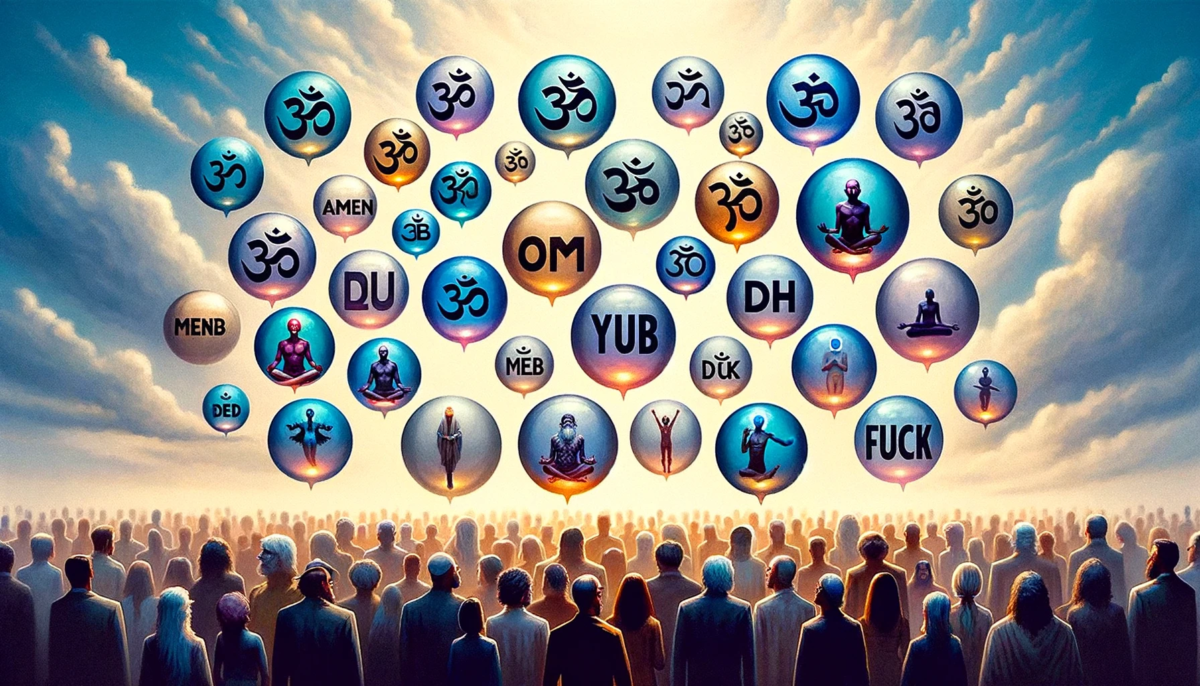
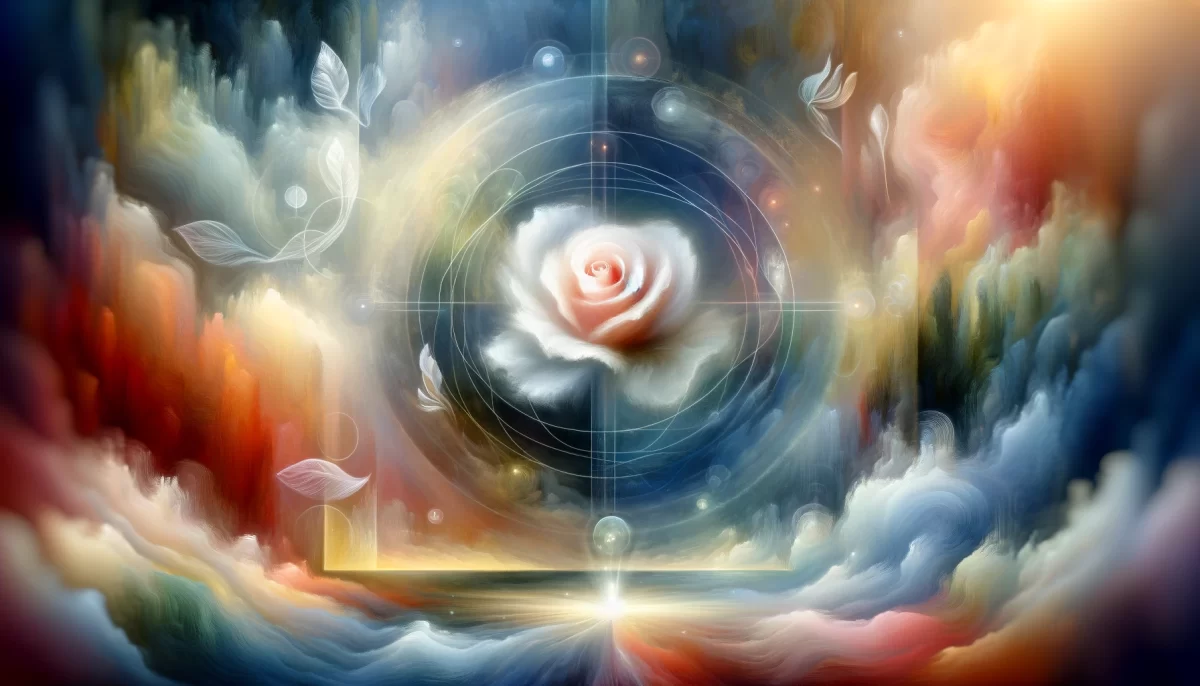
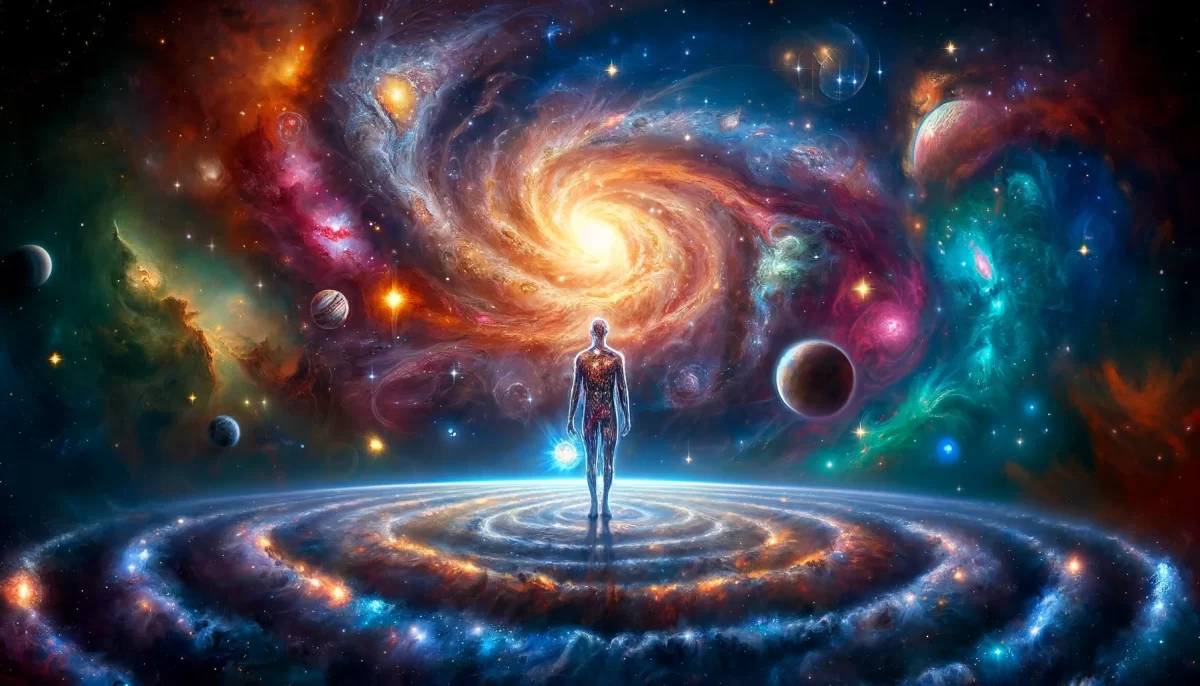
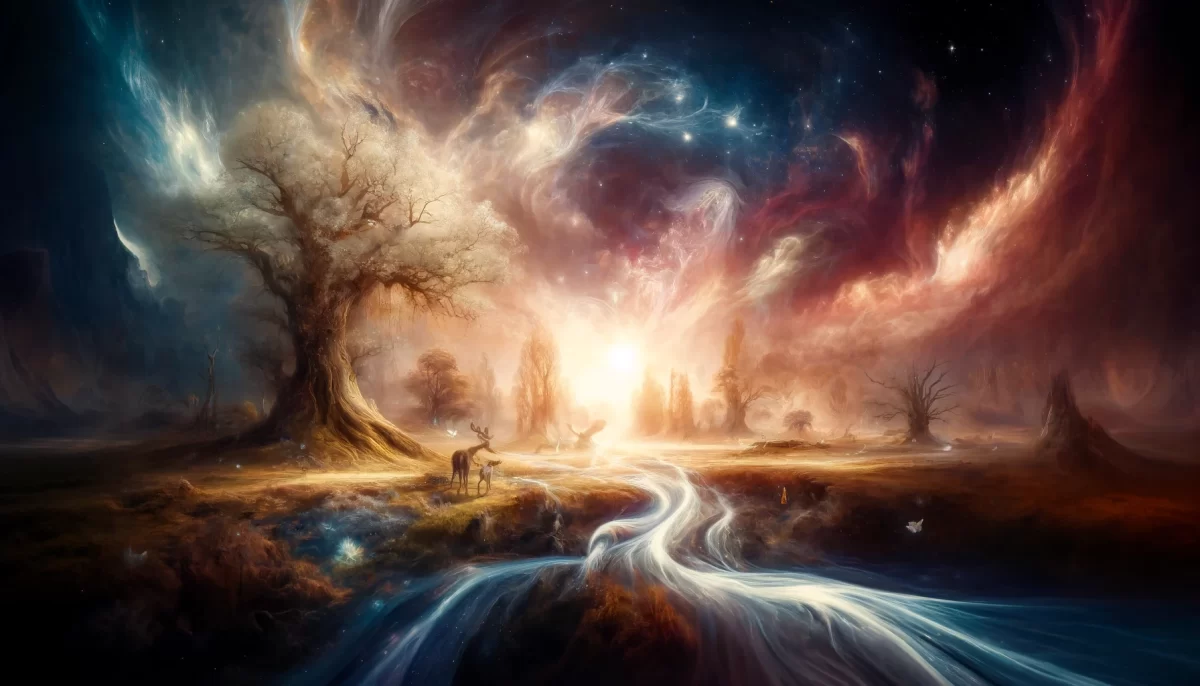
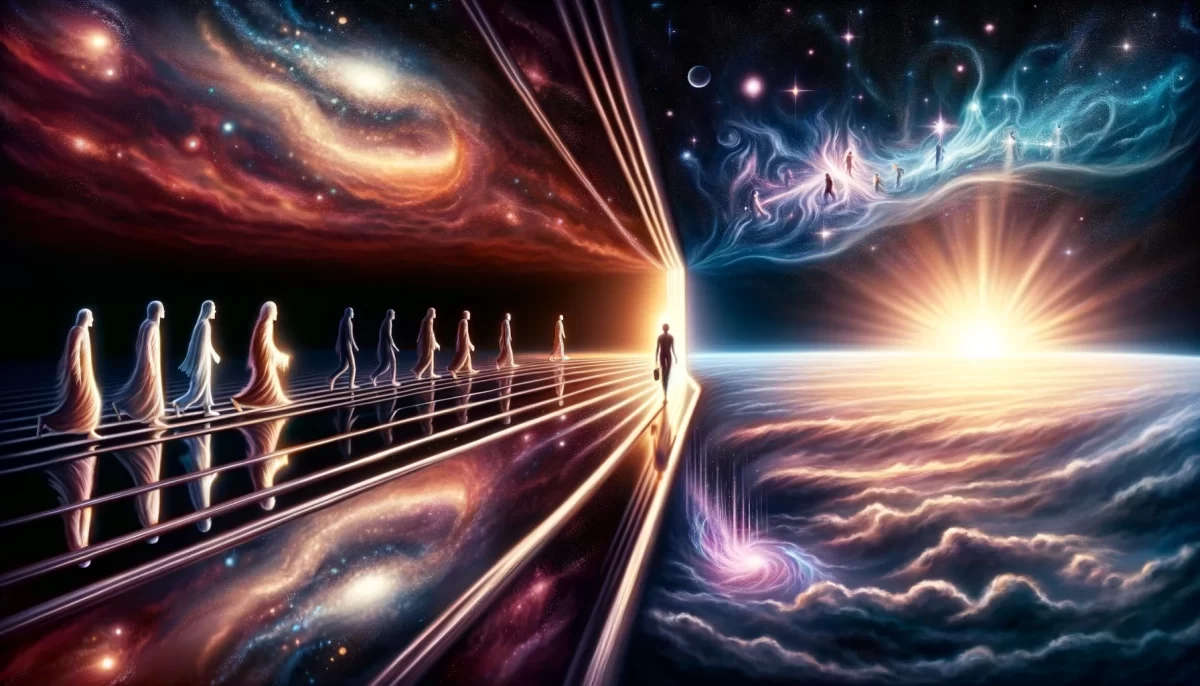
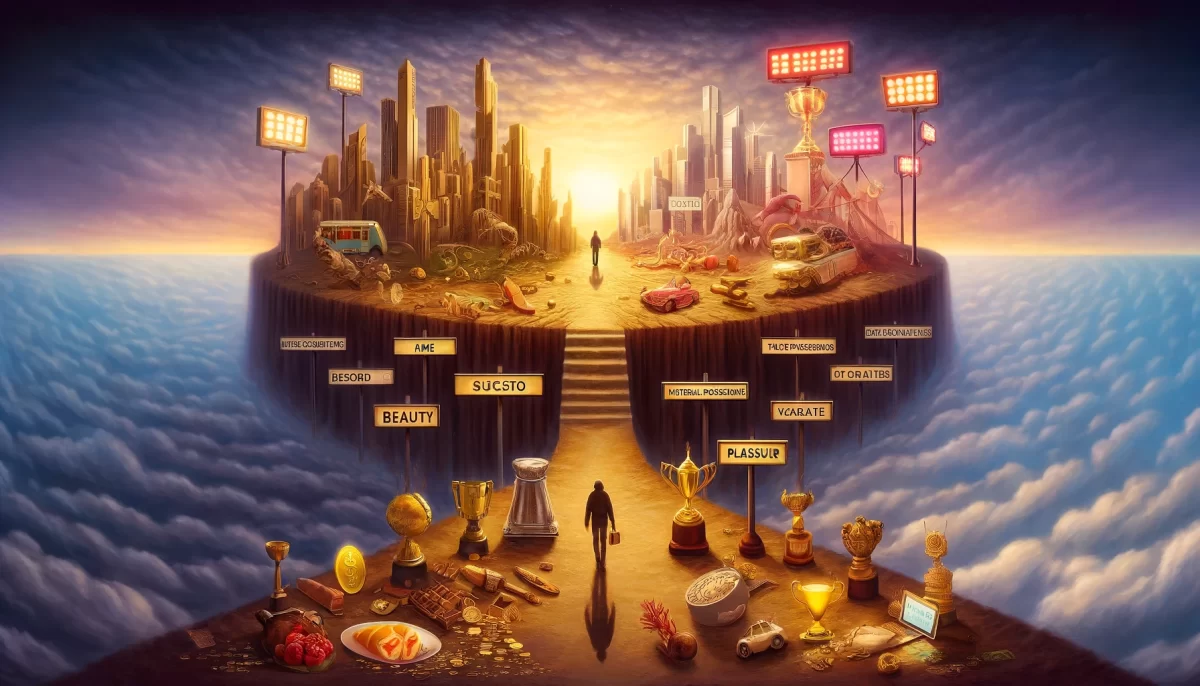
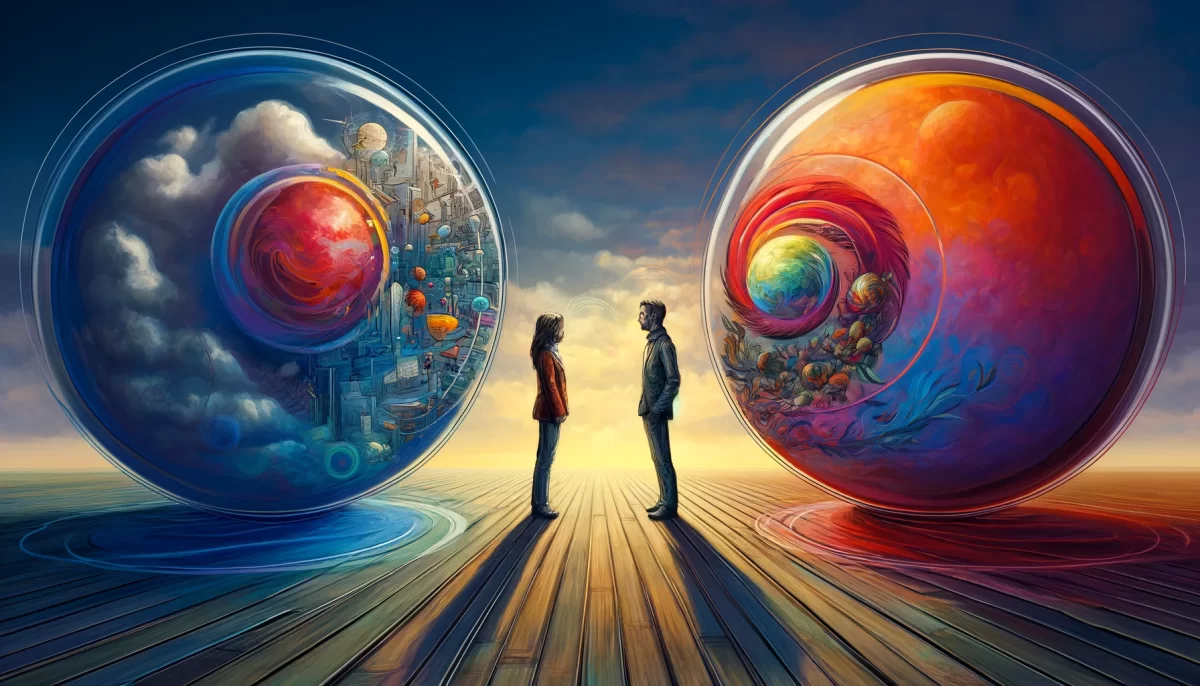



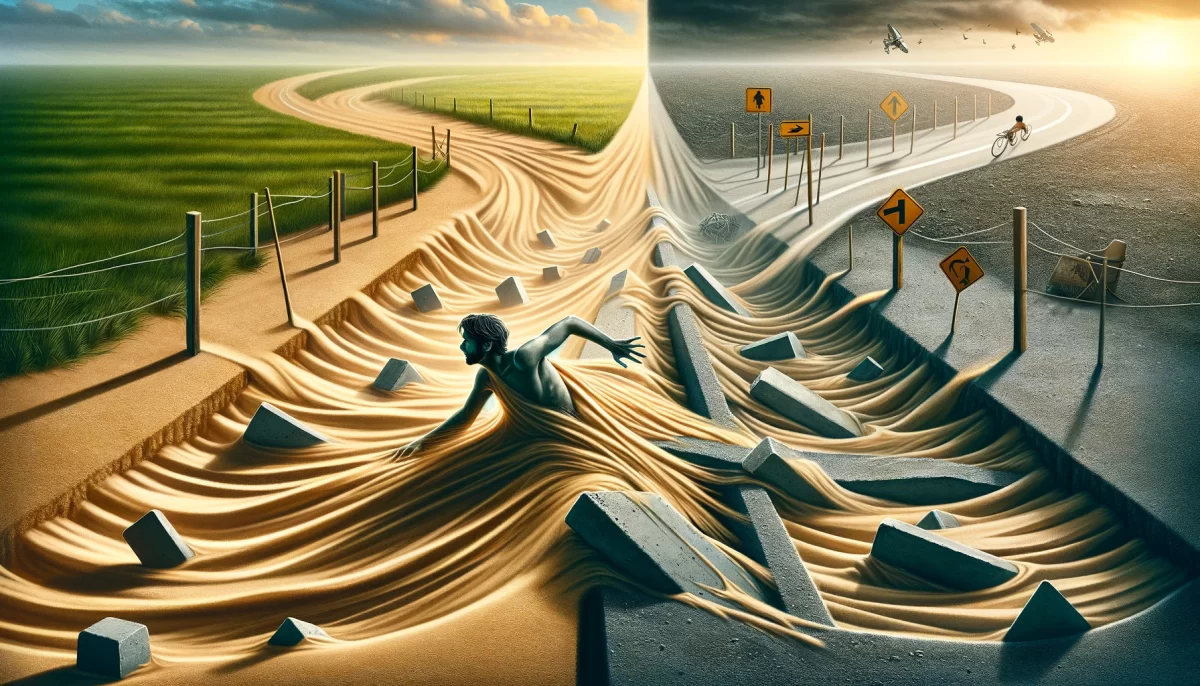
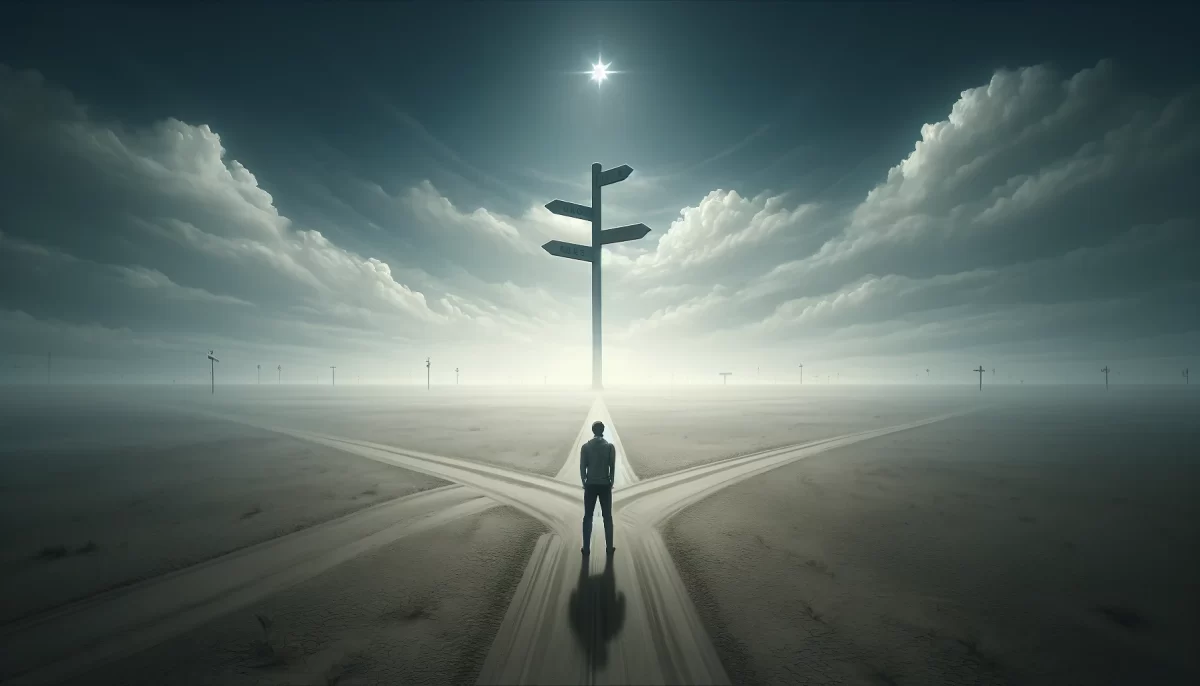




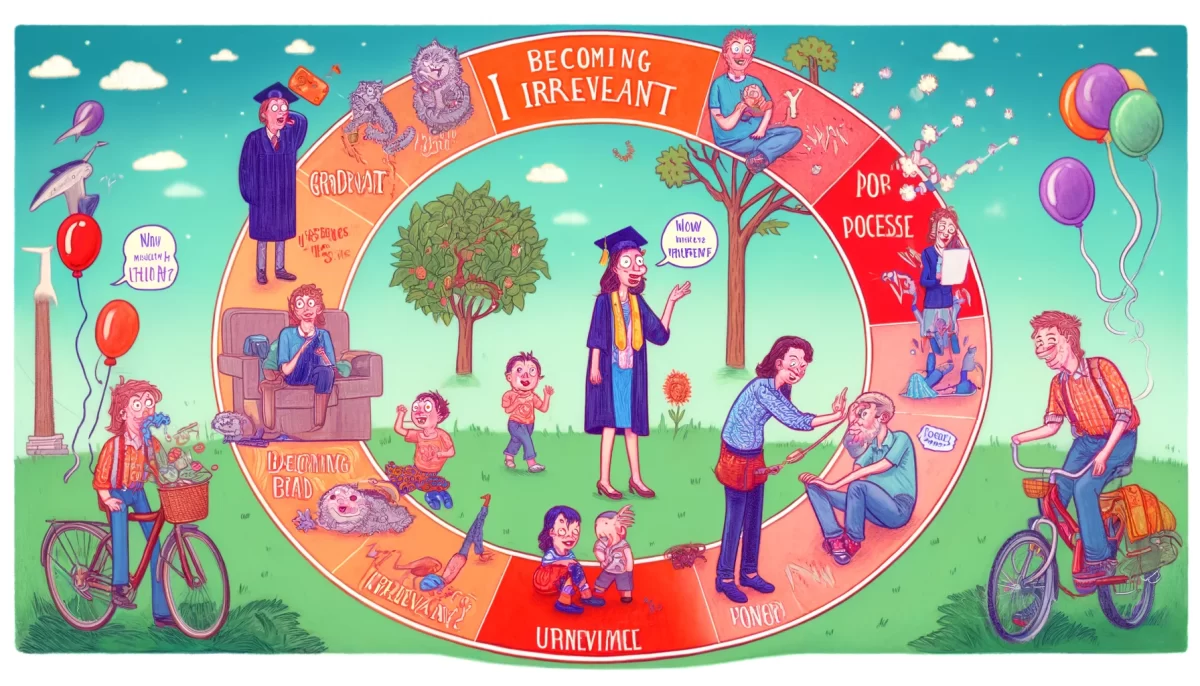
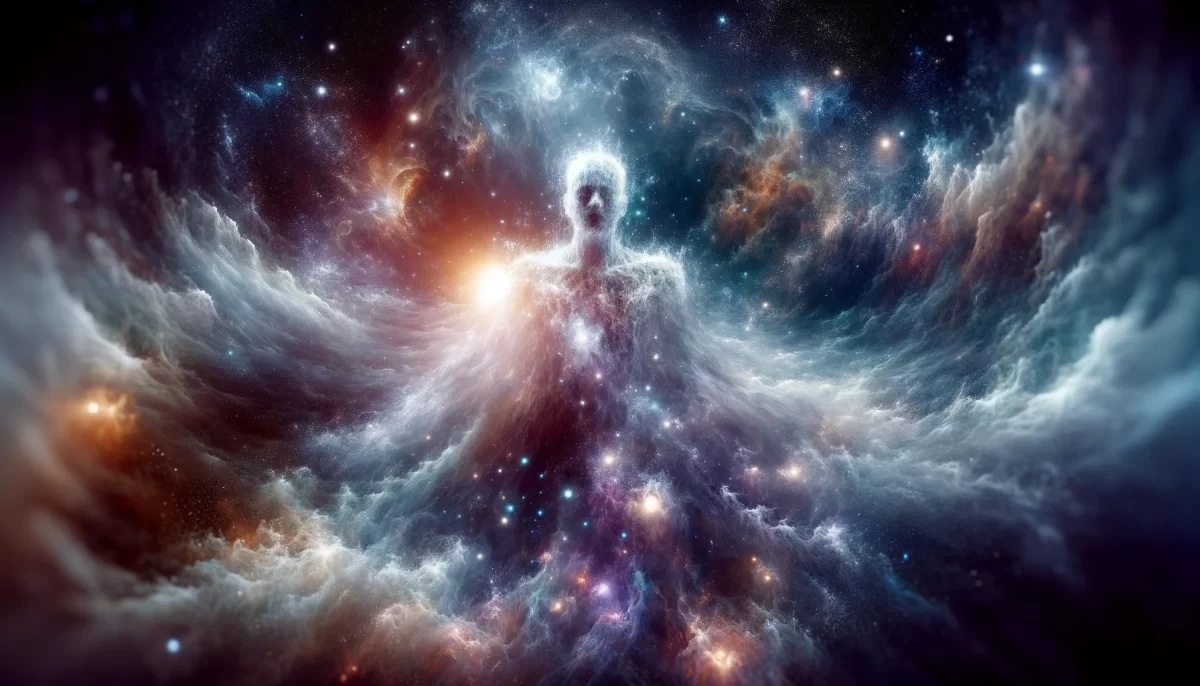
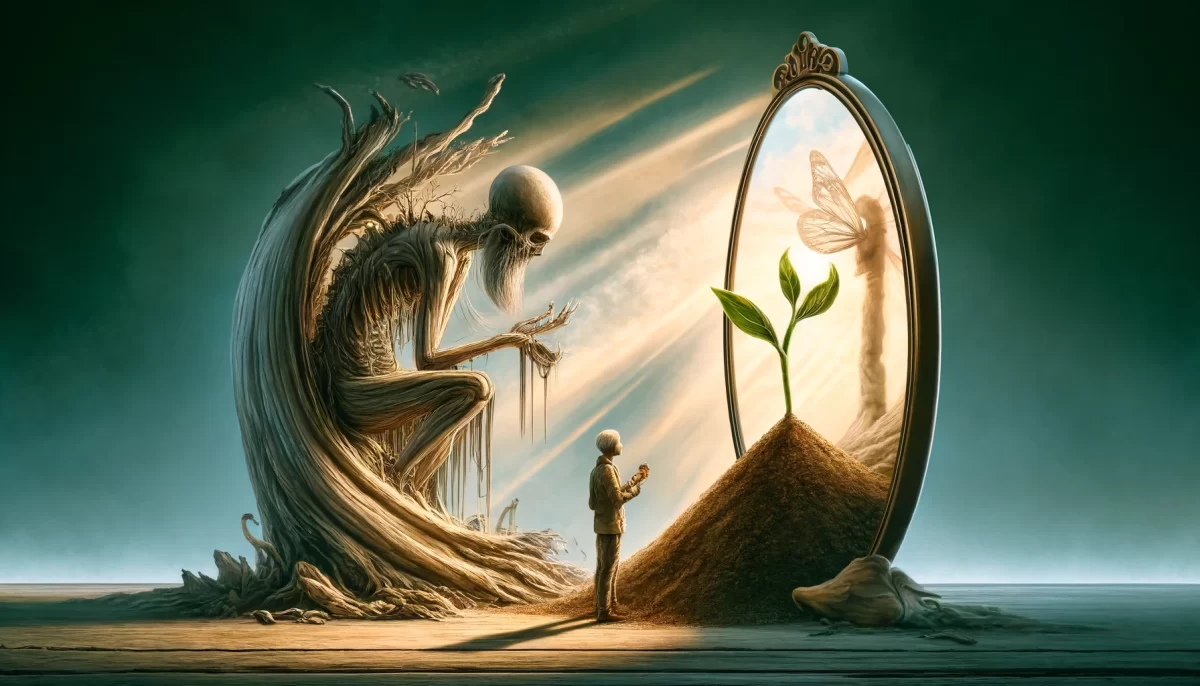
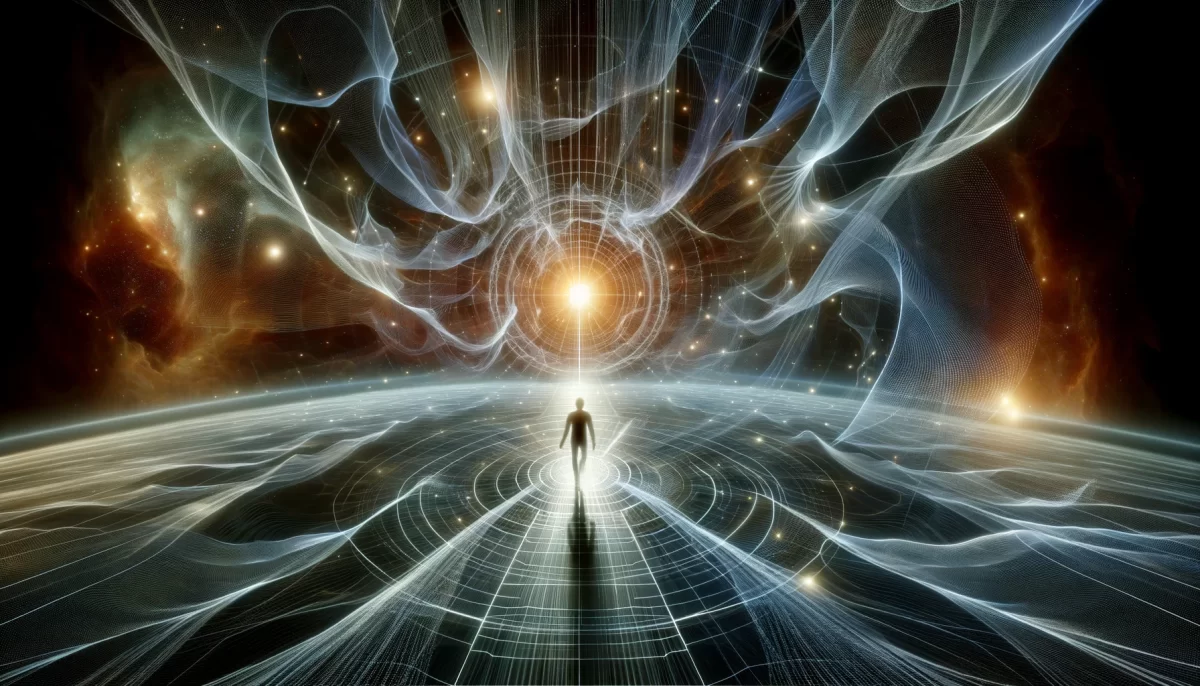
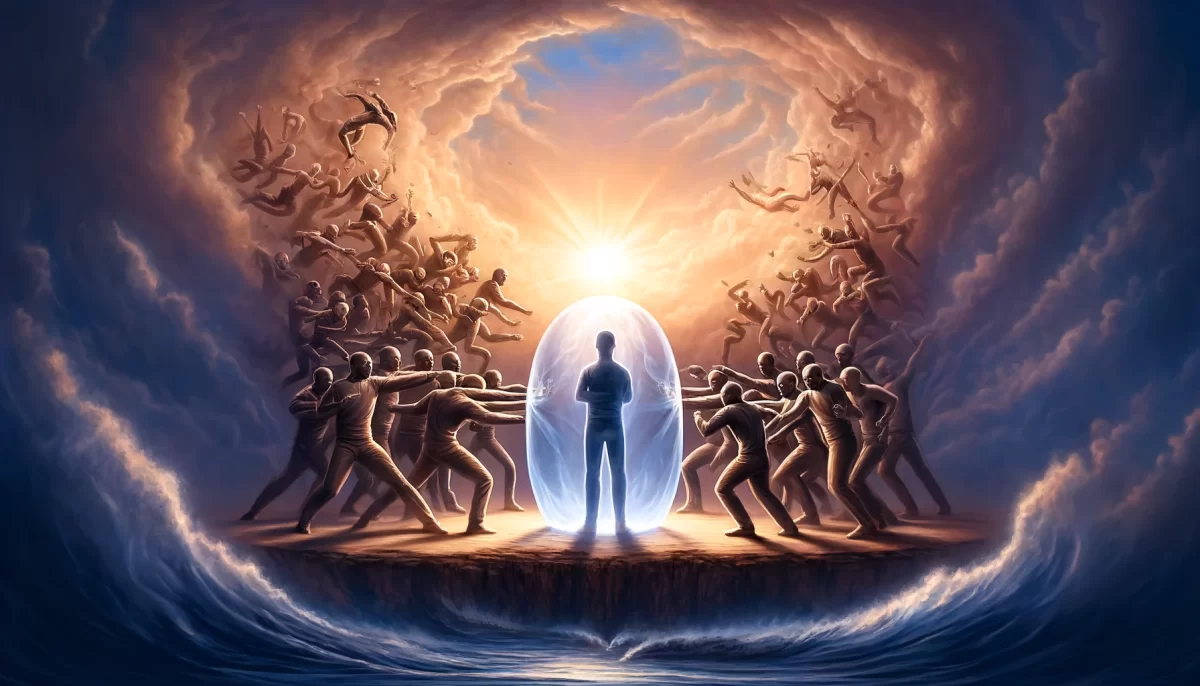
Leave a Reply